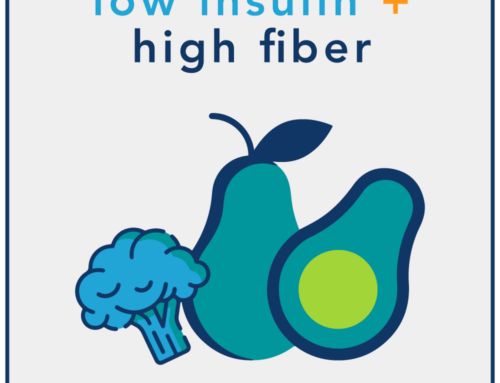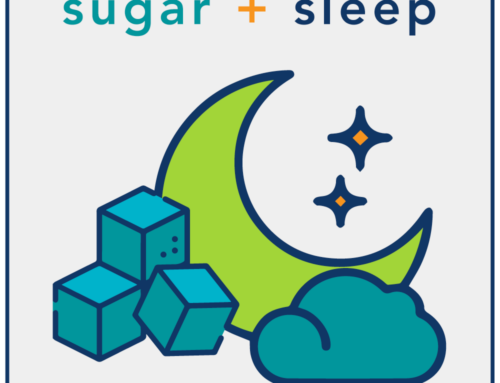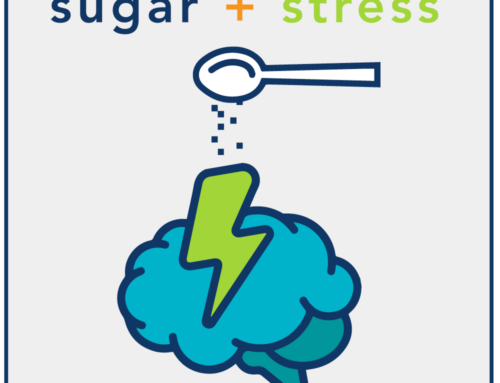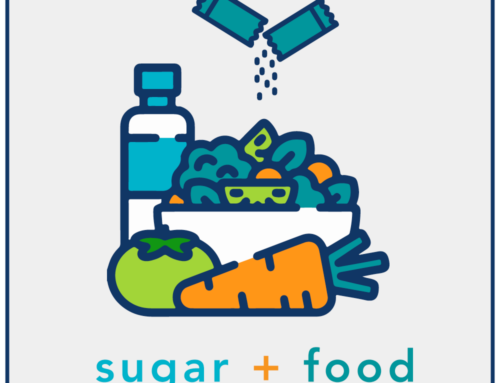What Affects Your Blood Glucose? Part 2 of 4: Exercise
As we discussed in a previous article, 4 major influential factors that affect your blood sugar that are more or less within your control are food choices, movement, sleep and stress. Today we want to dive a bit into movement.
First of all, when it comes to impacting blood sugar and insulin, and just better human function all movement counts. Any additional physical effort trumps just sitting on the couch. So if you are new to the exercise game, the best place to start is to just move more whenever you can.
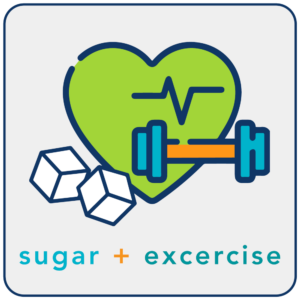
But different types of movement have different impacts and to confound matters further the exact impact is different for different people based on the type of exercise, the duration, the intensity, your gender, age, how much muscle mass you have, your diet and more.
Throughout the day we are all burning a combination of fuels, predominantly glucose, fats and ketones. Protein is the body’s fuel of last resort and is typically used when you are under-eating and/or over training, a topic for another day. Protein should be spared for building muscle, repairing damage and other functions. So for the purpose of this article let’s dive into these other 3 and how all this relates to your blood glucose levels.
At this point you likely know what glucose is. A simple sugar molecule that the body uses for fuel. Fats are also used for fuel. Just like glucose, this can be from the fat in the food you consume, or fat released from “storage” in your body fat. And ketones are a by-product of fats being metabolized in the liver and can also be used for fuel. Ketones are only released at any significant level in the absence of sufficient calories or in the absence of carbohydrates.
As a general rule, when your body is at rest or performing low intensity movements, while you are still using a combination of fuels, the dominant fuel is fat. The more intensity you bring to the movement game the more glucose is used and the higher that intensity goes, glucose becomes the dominant fuel source. Movement impacts blood glucose during the activity but also has an impact throughout the whole day. Here’s how.
How all this improves blood glucose levels is in many ways. There are 3 we think are pretty easy to understand.
- When your muscles contract they have the ability to use glucose without the need for increased insulin. This is called Muscle Glucose Uptake. This reduces blood glucose levels after exercise.
- Exercise also will use stored glucose (glycogen) in your muscles during exercise which now creates room in those muscles to take up blood glucose to replenish its stores.
- Regular exercise also increases insulin sensitivity. This means your cells are more sensitive to insulin’s signal to take up glucose, reducing the glucose in your blood. If your cells are more insulin sensitive then the amount of insulin needed to do this job is reduced.
A note, those of you who like high intensity exercise will notice a transient increase in blood glucose. This is because the higher the intensity the more intense the hormonal response to it. Hormones like cortisol and adrenaline trigger the liver to produce glucose to fuel the demand for energy. Also, while moderate intensity exercise enhances muscle glucose uptake, extremely high Intensity exercise tends to reduce it temporarily. Lastly, high intensity exercise relies heavily on the glucose from what you ate and then the glucose stored in your muscles (glycogen), and if that intensity is maintained past that availability it will signal the liver to produce more glucose to cover your energy needs. In a metabolically healthy person all of this is transient and not an issue unless it is chronically abused. In a metabolically compromised person we call for some nuance to your situation. Some may find they need to ease into high intensity exercise. Adding it in once a week at first while increasing your low and moderate intensity exercise. Then as you become better conditioned and more insulin sensitive, you can increase the number or days and the duration until you hit the sweet spot that works best for you.
So, to sum it all up, all movement helps! For most of you more is probably better, unless we are dealing with an over training situation, a topic for another day. Exercise, when paired with a low insulin high fiber diet, will move the need faster in your weightloss and health journey. If you are working with Simplex, ask your health coach for how this topic relates to your situation. If you don’t have a health coach yet, be sure to ask your dietitian for one!
